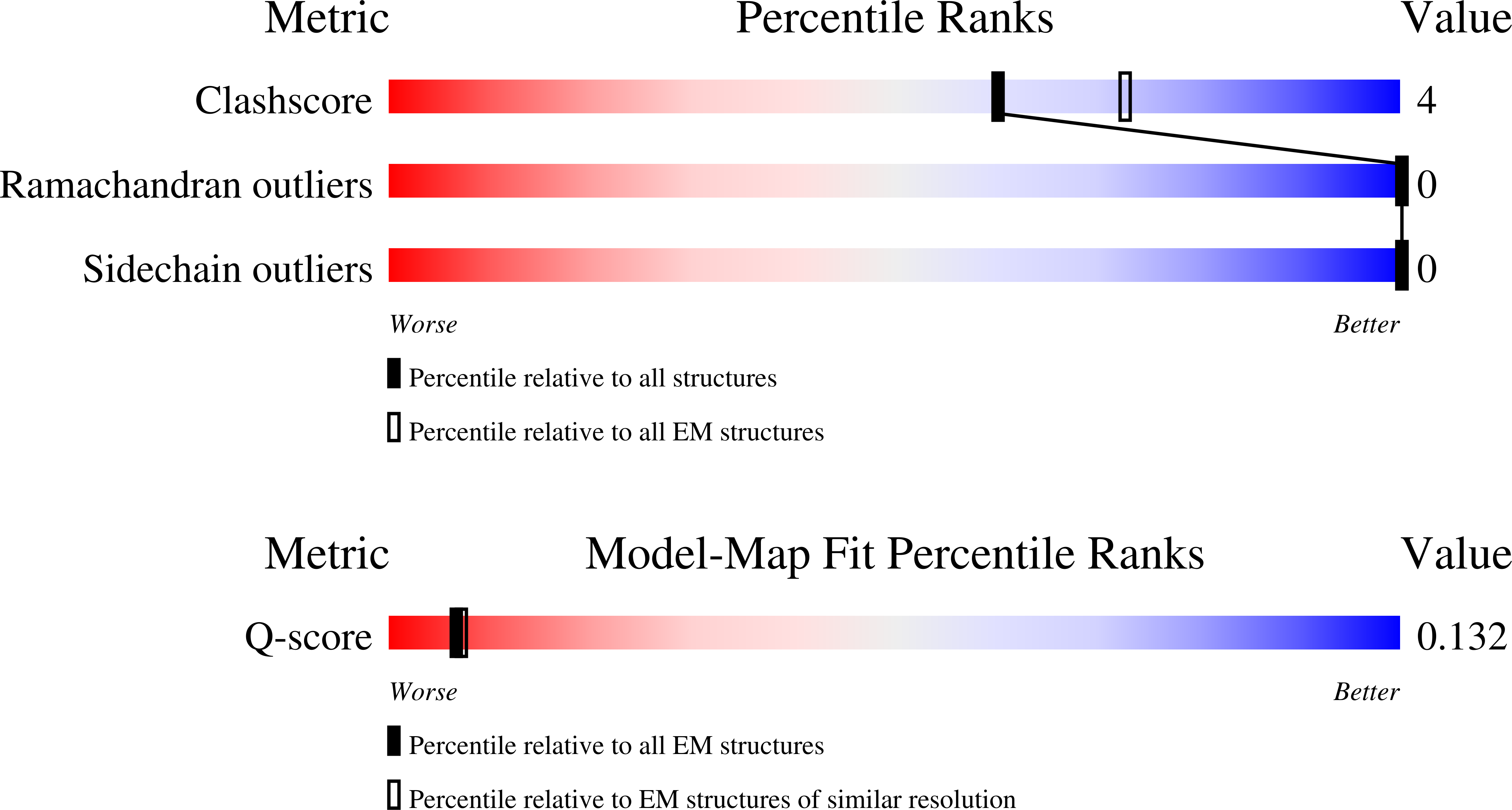
Deposition Date
2025-02-04
Release Date
2025-10-15
Last Version Date
2025-10-22
Method Details:
Experimental Method:
Resolution:
4.70 Å
Aggregation State:
PARTICLE
Reconstruction Method:
SINGLE PARTICLE


